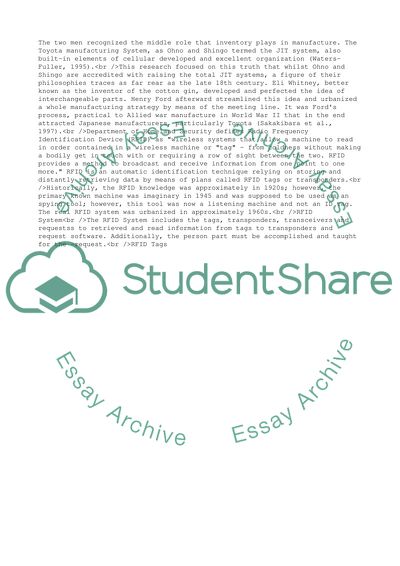Cite this document
(Caliach ERP and MRP2 System Report Example | Topics and Well Written Essays - 2500 words, n.d.)
Caliach ERP and MRP2 System Report Example | Topics and Well Written Essays - 2500 words. https://studentshare.org/management/1517836-jitmrpcaliach
Caliach ERP and MRP2 System Report Example | Topics and Well Written Essays - 2500 words. https://studentshare.org/management/1517836-jitmrpcaliach
(Caliach ERP and MRP2 System Report Example | Topics and Well Written Essays - 2500 Words)
Caliach ERP and MRP2 System Report Example | Topics and Well Written Essays - 2500 Words. https://studentshare.org/management/1517836-jitmrpcaliach.
Caliach ERP and MRP2 System Report Example | Topics and Well Written Essays - 2500 Words. https://studentshare.org/management/1517836-jitmrpcaliach.
“Caliach ERP and MRP2 System Report Example | Topics and Well Written Essays - 2500 Words”. https://studentshare.org/management/1517836-jitmrpcaliach.


